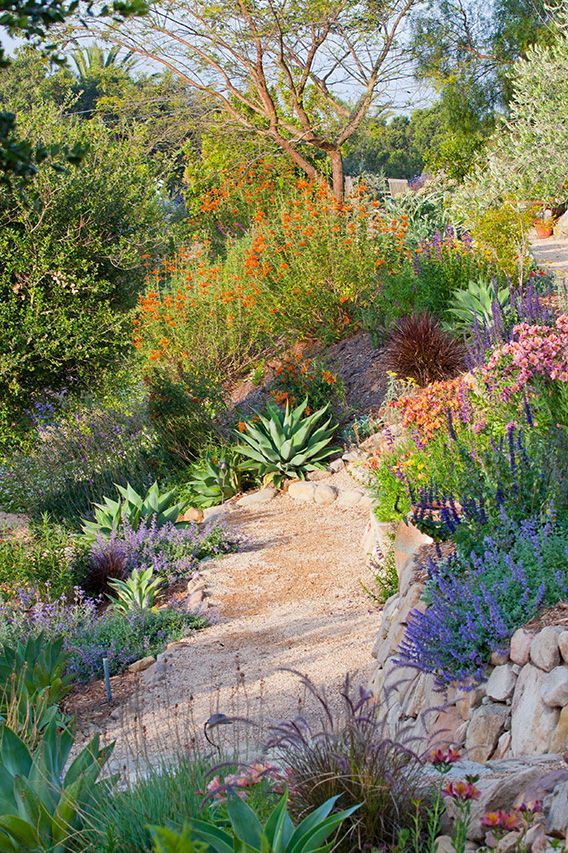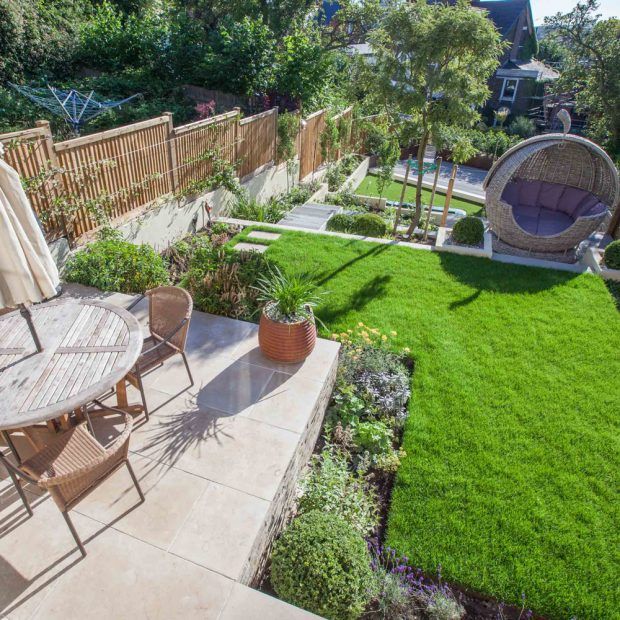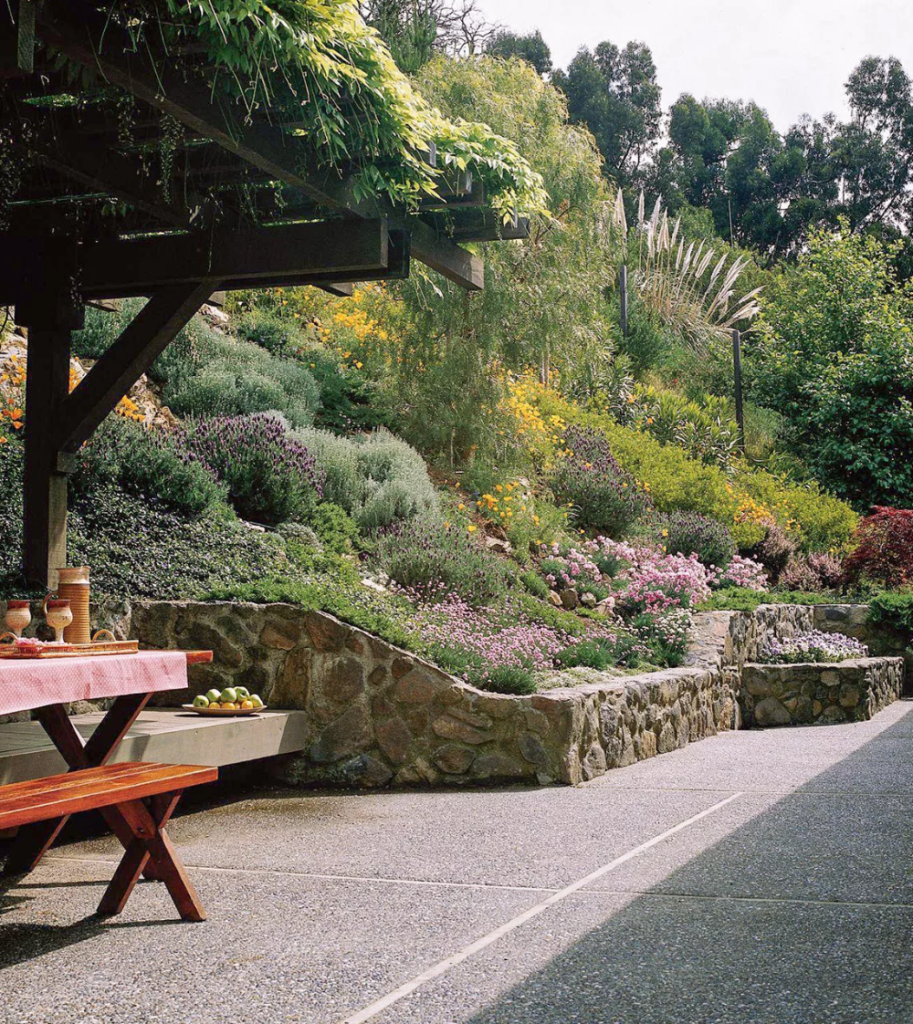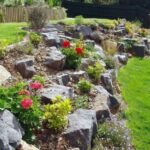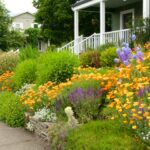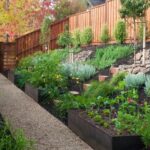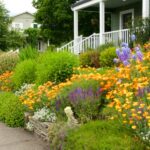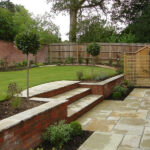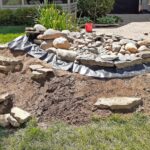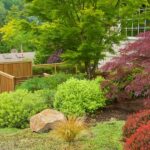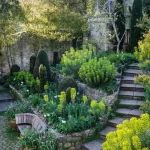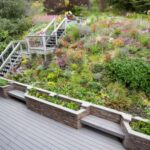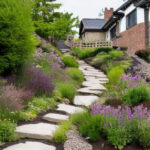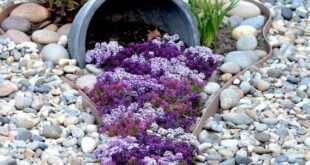When designing a garden on a slope, there are a few important factors to consider in order to create a functional and visually appealing space. The slope of the land can present both challenges and opportunities for garden design, and it is important to carefully plan and implement the layout of the garden to make the most of the natural topography.
One key consideration when designing a garden on a slope is erosion control. The slope of the land can make it more susceptible to erosion, especially during heavy rainfall or water runoff. To prevent erosion, it is important to incorporate measures such as terracing, retaining walls, or deep-rooted plants to stabilize the soil and prevent it from washing away.
Incorporating terraced beds is a popular and effective way to make use of the slope in garden design. By creating a series of terraces or raised beds, you can effectively level out the space and create different planting zones for a variety of plants. This also helps to control erosion and improve drainage on the slope.
Another important aspect of garden design on a slope is the selection of plants. Choosing plants that are suitable for the specific conditions of the slope, such as those that can tolerate varying levels of sun exposure, soil moisture, and slope gradient, is crucial for the success of the garden. Groundcover plants, such as creeping thyme or periwinkle, can help to stabilize the soil and prevent erosion on steep slopes.
Incorporating pathways and stairs into the garden design is essential for navigating the slope and creating access to different areas of the garden. Paths can be created using materials such as gravel, stepping stones, or natural stone to blend seamlessly with the surrounding landscape. Stairs can be constructed using a variety of materials, such as wood or stone, to provide safe and stable access to different levels of the garden.
When designing a garden on a slope, it is also important to consider the overall aesthetic and visual impact of the space. By incorporating elements such as focal points, seating areas, water features, and lighting, you can create a garden that is not only functional but also beautiful and inviting. Paying attention to the details and creating a cohesive design that complements the natural slope of the land will enhance the overall appeal of the garden.
 yishifashion Where Outdoor Dreams Become Reality
yishifashion Where Outdoor Dreams Become Reality
